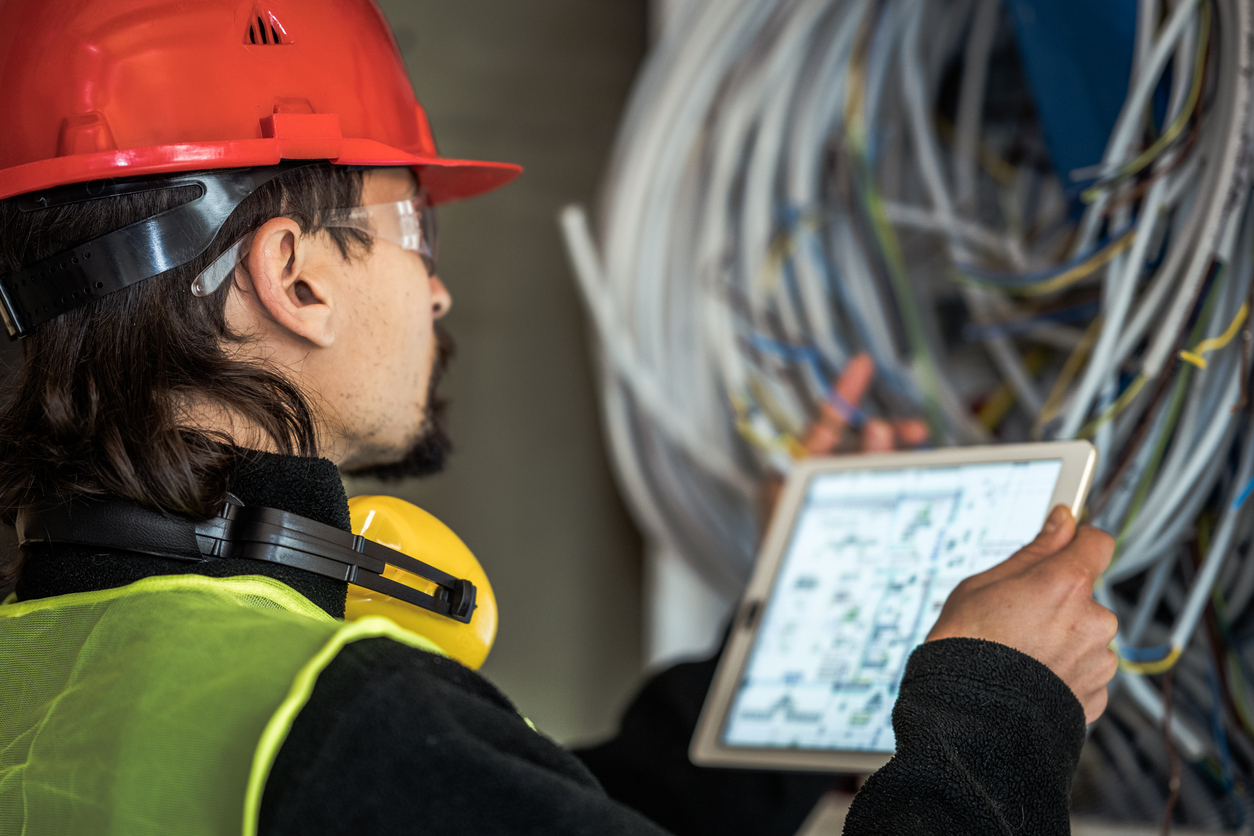Over the last few decades, there have been plenty of examples of organizations who make their own custom, in-house applications to solve their specific problems and to capture and manage their data. These solutions often work great for a while, but they inevitably fall apart when the individuals who create them move on, when security and networking become concerns or when somebody decides they want to import the data into a system where it can be fully analyzed.
These one-off applications often use a mix of different technologies and rarely are able to talk to each other. Not only can most of the people inside your organization not do anything useful with the data – let alone see it – but neither can your community.
The solution? Shared data platforms and an effective enterprise asset management software.
What problems does this solve?
- Communication within your organization and community
- IT security
- Auditing and accountability
- Regulatory compliance
- Executive summaries of cross-departmental information
- Data silos
Why does my city need data platforms?
Good platforms for smart cities are reliable for communication and analytics. In addition, they can receive online requests from citizens, forward those requests to back office systems for processing and send summary data back to citizens for reports. Streamlining this process helps to give your city’s decision-makers the tools they need to effectively lead your city.
Open data platforms
A common open platform is usually a geographic information system (GIS), which should include tiles and features. Tiles are the actual photos or drawings of the world and can give you context, such as geography, names of places, elevation and proximity to other sites or landmarks. Features are the layers of data displayed on the map. For example, the feature layer may tell you the number of street signs in a particular area. When you can see the signs plotted on a map, you get a much more complete story about the data. You not only get a sense of quantity, but also of density.
Based on the depiction above, which application do you think is more useful for analysis: an application that gives raw numerical data, or an application that gives the numbers along with a visual representation of the properties of this data?
GIS is a great example of a data platform because it is easy and efficient to build new applications on top of GIS by simply combining the layers and tiles in new ways. You can mash up data, such as road and sewer problems, alongside other data, like property values, and look for correlations. You can even compare one data set to itself in the past for year-over-year analysis to see how data trends change over time in relation to each other.
One big benefit to using cloud-based platforms is that you won’t need to worry about hardware any longer – you can scale it up or down as needed. Another benefit is that you won’t have to keep training your IT staff on the latest security threats and updates. You can keep doing your job on a reliable platform while a dedicated team of engineers worries about the rest.
What specific steps can my city take?
- Migrate from in-house custom software to a true enterprise asset management system
- Deploy a GIS such as Esri and digitize your old paper maps
- Stop worrying about deploying updates to every employee’s workstation and start using software as a service (SaaS)
AssetWorks Enterprise Asset Management (EAM) software is already integrated with Esri GIS. This powerful connection means that you can consolidate data by leveraging existing investments in Esri technology with asset management information, improve communication by bridging the gap between field personnel and in-office management through the map-based view, ensure accuracy by facilitating the reconciliation of errors in your GIS software and easily update attributes or modify features.












